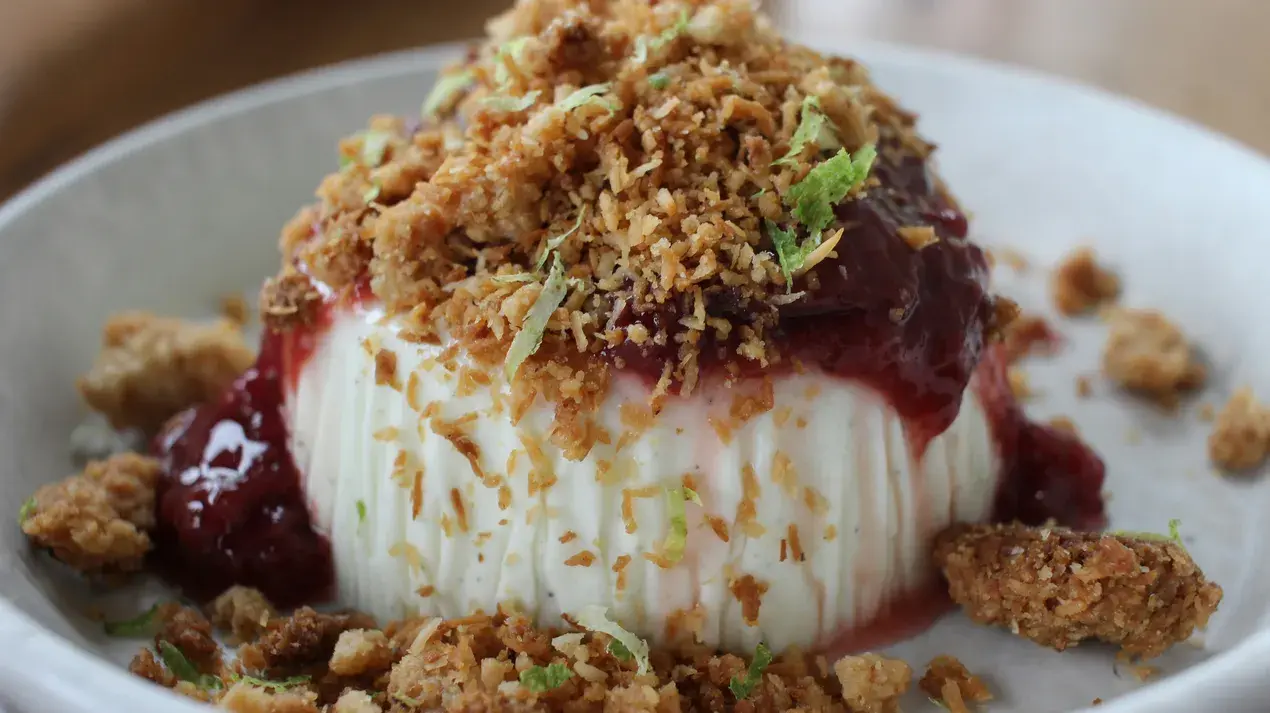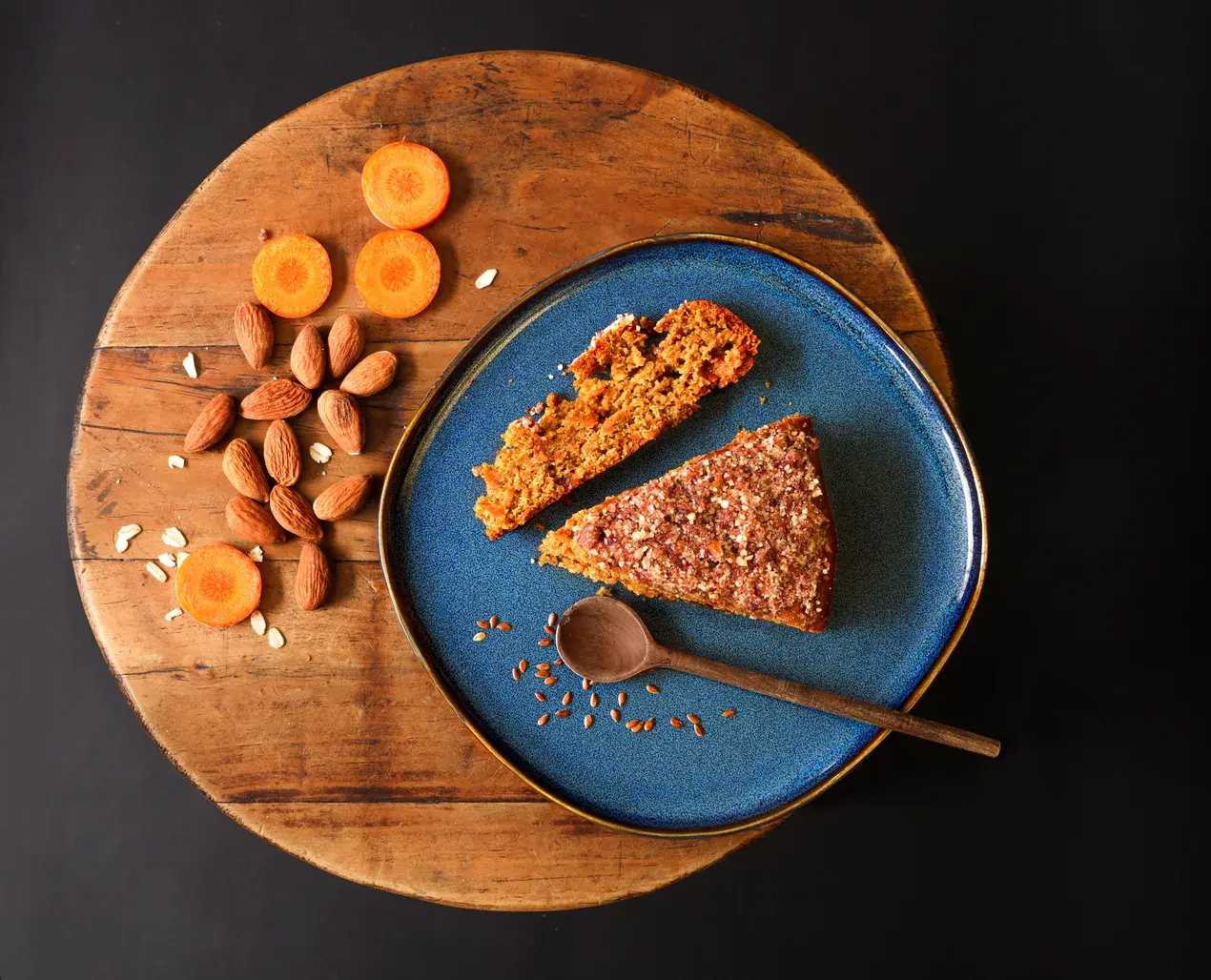The traditional Bengali delicacy which translates to sweetened curd is one of the most iconic desserts that the cuisine has to offer. Know more about its history and origins.

The classic Bengali dessert of mishti doi, made by fermenting sweetened milk is a process that involves caramelizing sugar in milk, and allowing it to cool and ferment overnight in earthenware pots, giving it a distinctive sweet and slightly tangy taste. The creamy, rich, caramel flavored gets its distinct taste due to the caramelization of sugar. The making of mishti doi can be traced back to a few centuries ago, where ancient practices of preserving dairy products for longer was one of the key objectives in its creation.

That said, the contemporary version of mishti doi can be traced back to 19th century Bengal, where the Bose family of Sherpur came up with the creation of the delicacy. Some versions of history also credit a certain Ghosh family for discovering the sweet delicacy, often enjoyed for its cooling sensation during the hot summers. The yoghurt-based sweet was often relished and endorsed by the Nawab of Bogra (presently located in Bangladesh) – Altaf Ali Chowdhury.
This heritage dessert stemmed from the curd-making practice which was commonplace in Bogra – where legend has it that Goura Gopal Ghosh and two of his siblings also set up shop, as a result of the patronisation from Chowdhury – who even offered land to the family as a way of displaying his appreciation. What is even more interesting is that the reason why mishti doi is served in earthen pots is because yoghurt was traditionally stored in earthen pots, thus extending its service to the storage of this delicious preparation.

Known to have a silken, soft texture – the mishti doi also has a traditional variation for the winters that is made with date palm jaggery or khejur gur. The unique usage of earthen pots in which the yoghurt is set, has been representative of Bengali hospitality, and is often one of the dishes that feature on the annual Durga Pujo menu. From cultural references to finding its place in royal kitchens, the mishti doi was also said to have had its origins in the kitchens of the Nawabs of Murshidabad – who were known to enjoy lavish meals that ended with desserts.
A fascinating culinary practice that can also be attributed to the process in which this iconic Bengali dessert is created, involves boiling milk and cooking it with sugar until it turns a light brown shade, before transferring it to pots in which it is fermented overnight – thus deriving its wobbly appearance and thick, spoon-able texture. As sweetmeat shops all across the state began selling it, the fame of the mishti doi spread far and wide, as a product that evolved from the reign of the nawabs.

With time, the mishti doi also diverged to accommodate various flavors and ingredients – some of which include saffron, pistachio, fresh fruit and even chocolate. Often times, Bengali households serve this delicious treat alongside puffed rice or muri, for breakfast – to offer a textural contrast of crunchy and soft. Today, the sweet delicacy is an integral part of most occasions, festivities and even a staple in most homes on regular days.
As the fabric of fusion desserts became increasingly prominent, the mishti doi was also the inspiration for multiple creations such as the mishti doi cheesecake, mishti doi parfait and even used as toppings for cakes and cupcakes. Typically eaten after a meal, the probiotic-rich dessert is equally popular in the states of Assam, Odisha and Tripura. While the exact origins of the mishti doi continue to remain clouded, it has been a cornerstone for most Bengali sweets over the course of many generations who have taken its legacy forward, in their own ways to showcase the cultural richness of Bengal’s glorious past, through is food.
Like This Article?
More Like This
Popular Articles





Trending Web Stories
Curated Recipes
















